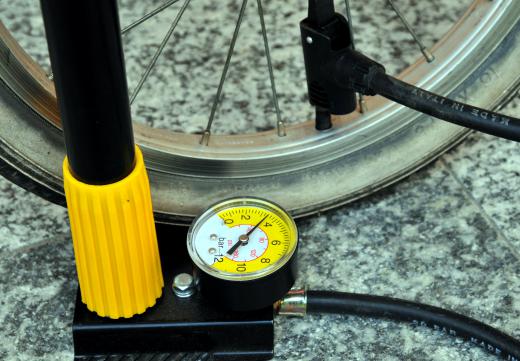Air pumps come in a variety of shapes and sizes and do a varied set of tasks. Besides the fact they all pump air, some may have very little else in common. However, they are essential tools used in modern, everyday life. Without air pumps, we likely would not enjoy the quality of life as it is known today.
Most air pumps fit into one of two categories -- manual and automatic. Those which are manual often require pumping by hand, foot or arm. Automatic pumps run off some sort of other power source, often electricity. The type of air pump needed will often depend on the intended use.

For example, air pumps are used in aquariums and in ponds. An aquarium pump and a pond air pump usually have the same goal -- to diffuse oxygen into the water to make it more inviting and easier for animal life. However, manual pumps would not be very effective at this. So in this type of application, an automatic pump is required, even though it may not be used 100 percent of the time.

Another use of automatic air pumps is in the area of septic systems. The aerobic process these systems have in place use bacteria to accomplish the goal of removing or reducing the amount of solids in the system. In order to do this more effectively, an air pump may infuse oxygen into the system to make this process much more efficient. This can also help reduce the number of times it needs to be emptied and cut down on odor as well.
Perhaps the most common type of automatic air pump is the air compressor. An automatic pump stores the air in a canister that is then used to do various tasks. Some are used to supply the energy needed for power tools. Others are used simply to transfer air to something else, such as a tire. In these cases, the pump is only activated when the canister needs filled with compressed air. This is often an automatic process which activates the unit when it senses air pressure is getting low.
Manual air pumps are used when there is not a lot of air pressure needed and that air is only needed occasionally. In most cases, the hand air pumps are used for things like sports balls with air bladders and bicycle tires. They may also be used for vehicle tires.
